LAWMAKERS will soon consider a proposal to legalise assisted dying, following increasing calls for changes to the existing law. MP Kim Leadbeater from the Labour Party will introduce a bill on 16 October, aimed at giving terminally ill individuals the option of "choice" at the end of life.
Leadbeater, whose sister Jo Cox was murdered by a far-right extremist during the 2016 EU referendum campaign, is spearheading this effort. The proposed legislation would only apply to England and Wales if it progresses.
Keir Starmer had pledged to allocate parliamentary time for this issue as part of his party’s campaign promises in July. On Thursday, cabinet secretary Simon Case confirmed that it would be a free vote in parliament, meaning ministers could vote according to their personal beliefs. "The government will remain neutral on the passage of the bill and on the matter of assisted dying," Case wrote in a letter.
Euthanasia is currently illegal in Britain, though several European countries have legalised it to varying degrees. Previous attempts to pass similar legislation have been unsuccessful, but public opinion is shifting. In Scotland, which has separate legal authority over health policies, efforts to introduce a similar law are also underway.
Leadbeater said, "parliament should now be able to consider a change in the law that would offer reassurance and relief – and most importantly, dignity and choice – to people in the last months of their lives."
The last time an assisted dying bill was debated in the House of Commons was in 2015, but it was defeated. Since then, support for the right to die has grown, bolstered by campaigns such as one led by broadcaster Esther Rantzen, who has terminal cancer.
Private members' bills, like the one proposed by Leadbeater, are introduced by individual lawmakers after a ballot. These bills are not part of the government's formal legislative programme, but they still go through debate and scrutiny before a vote is held.
In Scotland, a bill to legalise assisted dying was introduced in the Scottish Parliament earlier this year. The Isle of Man and Jersey, which are self-governing Crown Dependencies, are also considering their own legislation to grant terminally ill people the right to die.
Belgium and the Netherlands were the first EU countries to legalise euthanasia in 2002. Spain followed in 2021, and Portugal passed its own assisted dying law in 2023.
(With inputs from AFP)


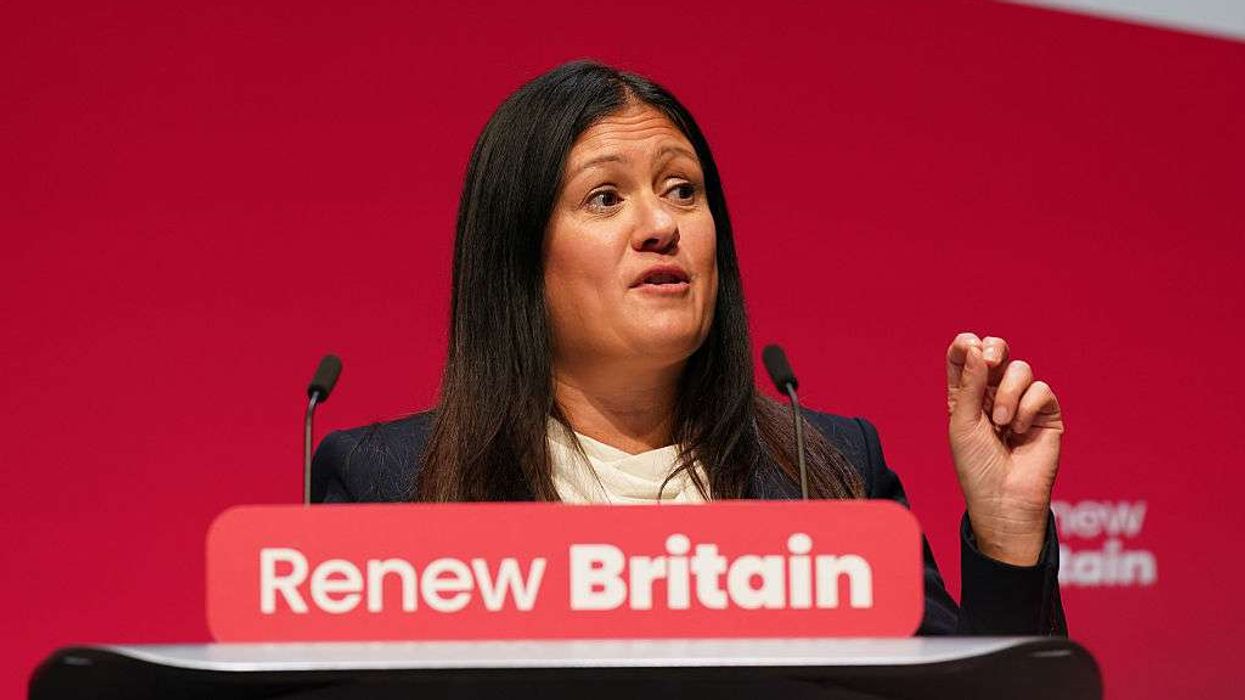
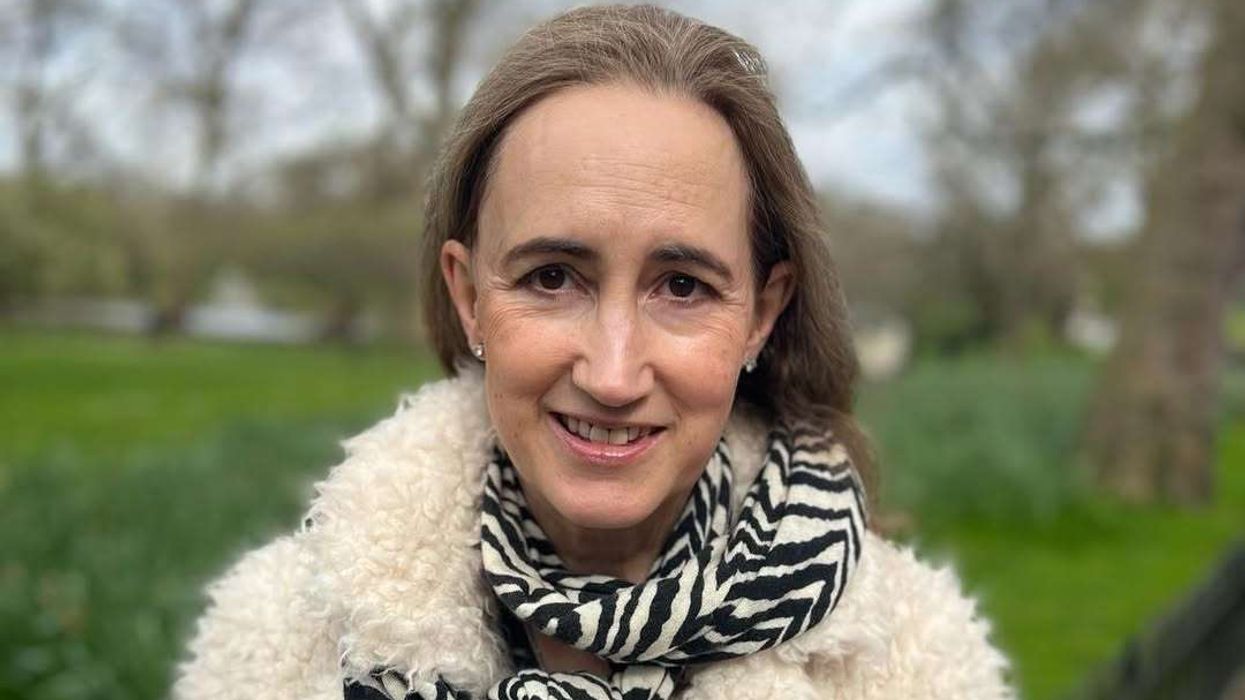
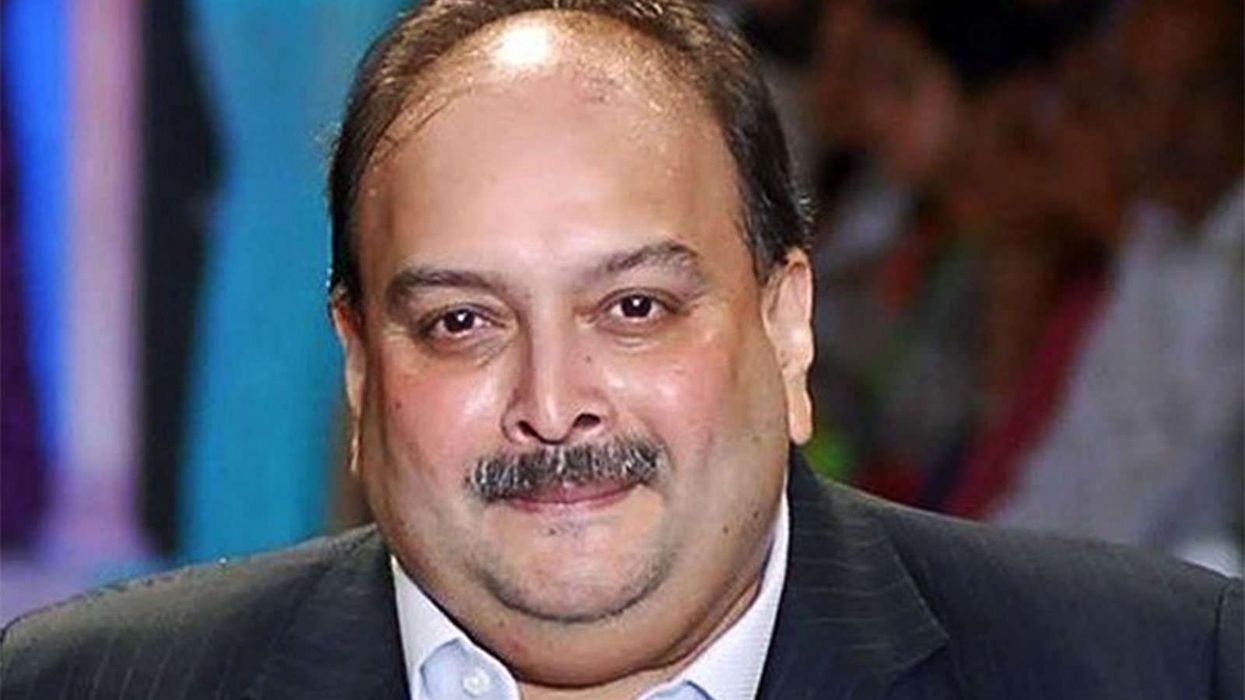

 The BFG - production images Royal Shakespeare Company/(c) Marc Brenner
The BFG - production images Royal Shakespeare Company/(c) Marc Brenner 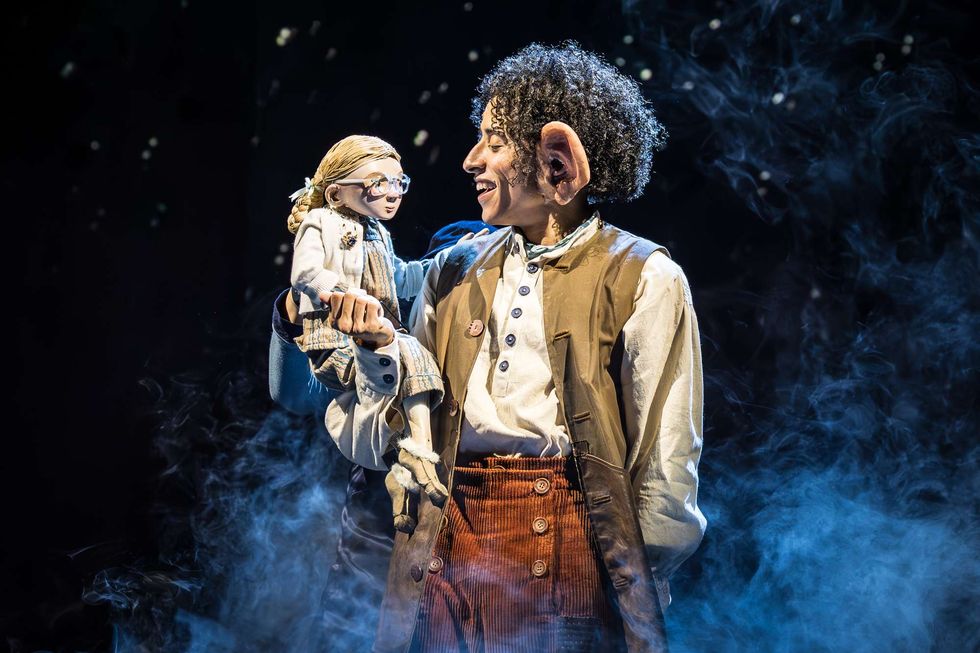 BFG production images, directed by Daniel Evans. Royal Shakespeare Theatre, taken in November 2025.Royal Shakespeare Company/(c) Marc Brenner
BFG production images, directed by Daniel Evans. Royal Shakespeare Theatre, taken in November 2025.Royal Shakespeare Company/(c) Marc Brenner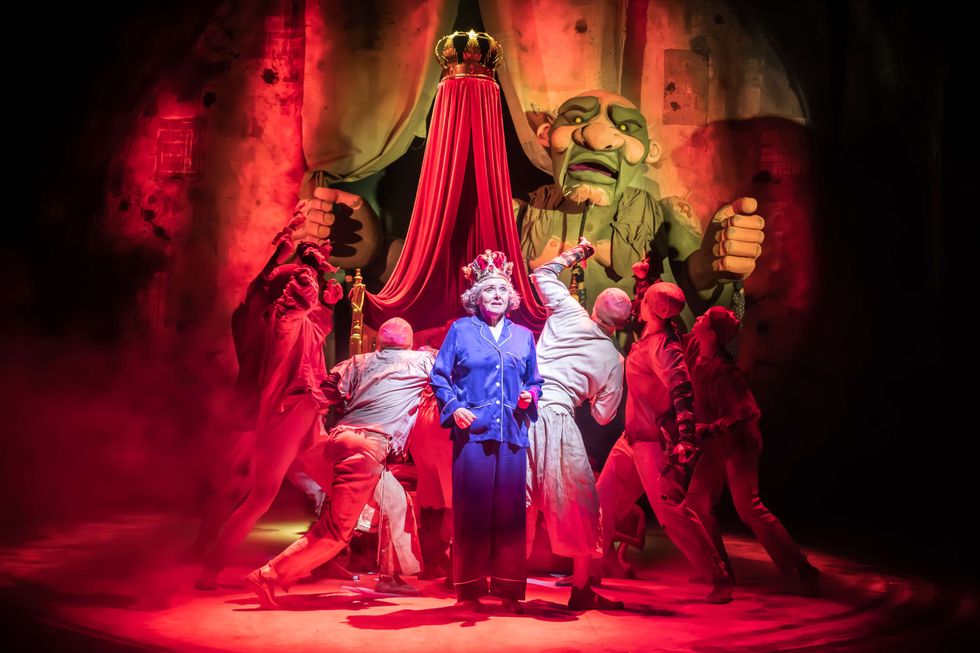 BFG production images, directed by Daniel Evans. Royal Shakespeare Theatre, taken in November 2025.Royal Shakespeare Company/(c) Marc Brenner
BFG production images, directed by Daniel Evans. Royal Shakespeare Theatre, taken in November 2025.Royal Shakespeare Company/(c) Marc Brenner





